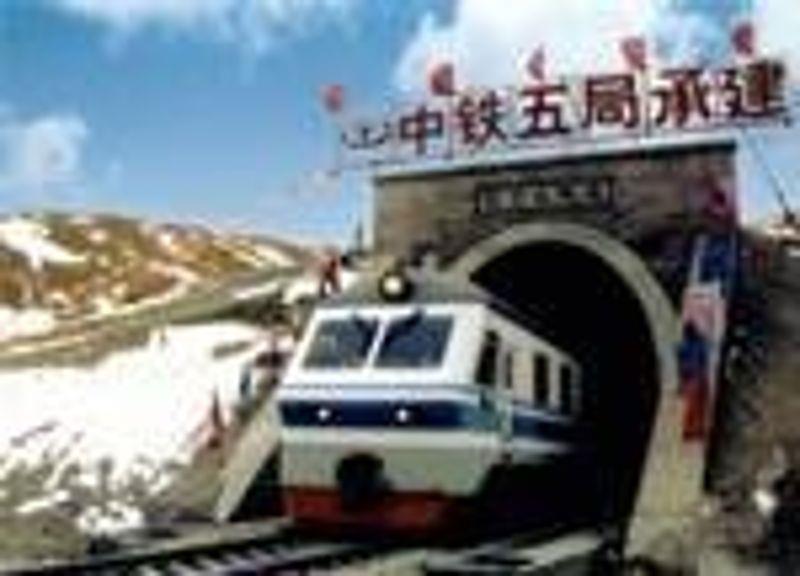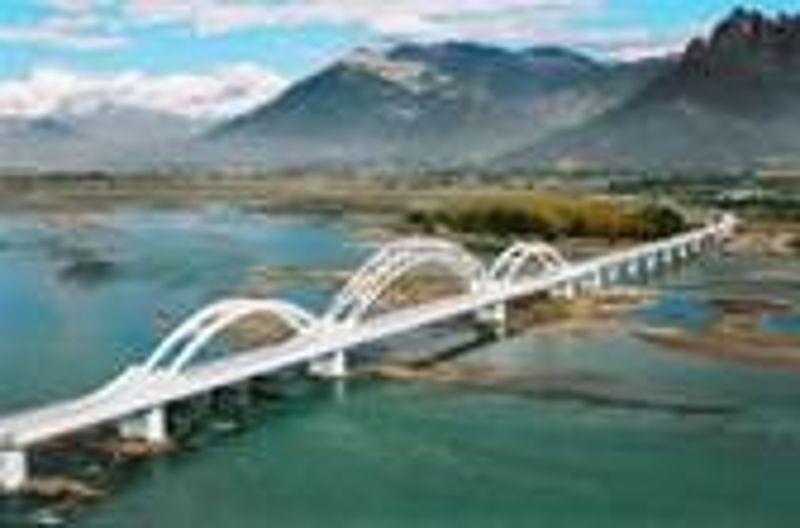
Qinghai-Tibet Railway is a symbolic project in China's West Development Strategy and plays a significant role in accelerating the social and economic development of Qinghai Province and Tibet Autonomous Region.

Qinghai-Tibet Railway
Total length: 1,956km
On altitude permafrost region: 550km
The highest altitude railway station: 5072m
Construction duration: 06/2001- 07/2006
Total investment: 4.8 billion USD

Tunnels in Kunlun Mountains
Started in 2001 and completed in 2006, Geermu to Lhasa Section of Qinghai-Tibet Railway is the highest and the longest plateau railway section in the world. With a total length of 1,100 kilometers, of which the average altitude of 1,965-kilometer-long railway is over 4,000 meters and the highest altitude reaches 5,072 meters. CREC independently built approximately 61% of the railway and conquered the three world-class technical problems of alpine hypoxia, permafrost and fragile ecology.

Lhasa River Bridge
Awards:
China Construction Engineering Luban Prize
Tien Yow Jeme Civil Engineering Prize
National Grand Prize for Progress in Science and Technology
Silver Prize for National High Quality Projects
Prize of "Selection of 100 Classical Projects for Celebration of 60th Anniversary of the Founding of New China”
Feature:
The highest-altitude railway in plateau worldwide, at 5,072m above sea level
The longest railway in plateau, about 1,100km